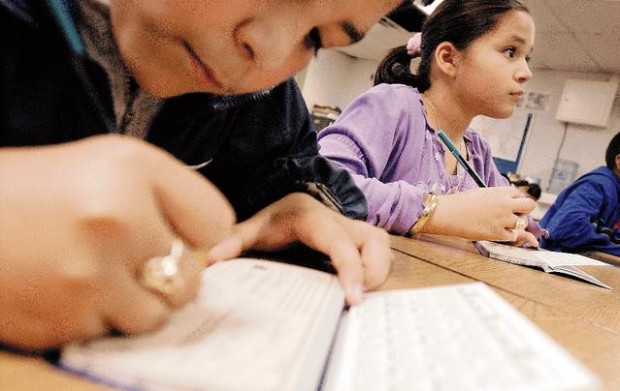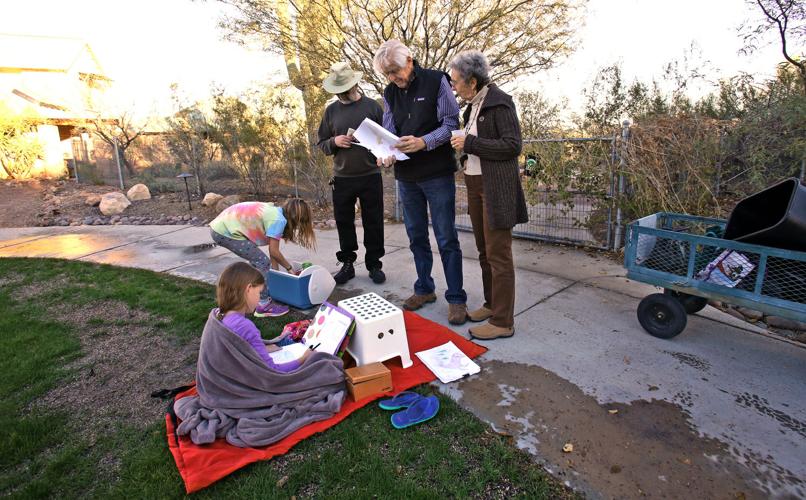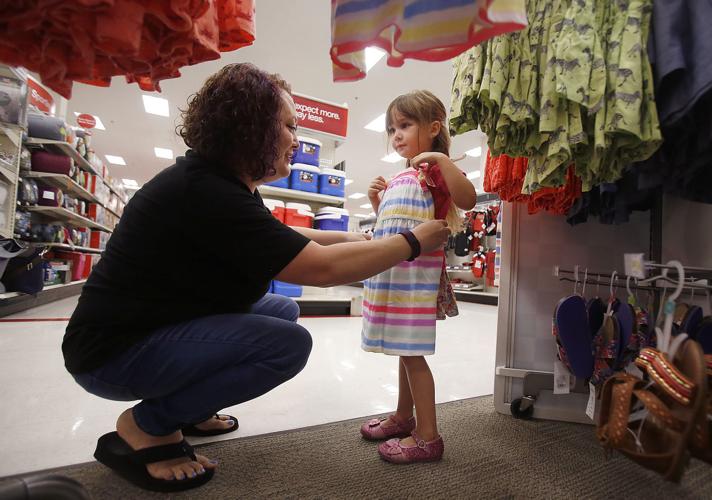Your family's financial situation may not seem like something to chat about with the kids.
But, experts say including them in conversations about money — when it's appropriate, of course — is a great way to teach them about its value and how to manage it.
Since money is such an important topic, here are some tips on teaching the kids to be financially savvy from Jamie Hernandez, the vice president and regional manager of Vantage West Credit Union.

Tips: Emphasize shopping within a budget, have your kids scour the grocery ads, include them in discussions.
1. Talk $$$ and cents
Include children in household conversations about finances, when it is appropriate. If you’re planning a trip, considering a major purchase such as furniture or a car, or even if you’re grocery shopping, discuss the financial pros and cons of the purchases with your kids. Help them understand the factors that need to be considered, and encourage them to think about how far the money will go.
Real life example: When planning a vacation, use Monopoly money to show them how much you have for the trip. Then as you tell them how much each part of the trip will cost, have them give you that amount so they can see how much it will cost versus how much they have.
2. Allow kids to manage their own money
When kids have earned and saved enough money to use it, have them pay the cashier directly. The action of giving money to someone and not getting it back will help illustrate money’s finite nature. When kids receive change back, encourage them to consider putting it back into savings to show how it can add up over time.
Real life example: When they have enough spending money to buy something, let them search the aisles and discover they only have enough for the $4.99 toy, not the $29.99 one — and pay for it themselves at the register.

3. Teach them to budget
It’s important to show children how to live within their means — consider their age, and challenge them to save a portion of everything they earn, then stay within a budget while shopping. This helps them make decisions, places real value on increments of money, and encourages them to understand limits.
Real life example: Require your kids to put a portion of their allowance or birthday money into an envelope labeled "save."

Ken Schachter, standing left, waits as Sivvy Thrall, gives him some lemonade while Tim Lohman, standing middle, and his wife J'Fleur, look at some of the art work that Maia Stark, seated, was selling.
4. Show them how to earn money
Yard work, tag sales, lemonade stands and household chores allow kids to work for their money and come away with a sense of pride about their accomplishments. Sweat equity is a great way for kids to learn the value of hard work.
Real life example: Make a list of household chores and potential pay-outs for when your kid wants that $29.99 toy. Make sure you have the cash on hand for when the job is completed.

5. Make savings a priority
Teach kids the principle of paying themselves first. Teach them that for every dollar they earn, it’s ok to spend some, but they should also save some for bigger purchases they would like to make later on. Set savings goals for yourself and include your children on progress updates. Maybe you’re saving for a family vacation or a backyard pool. Whenever possible, discuss needs and wants with your kids and explain why and how you make responsible decisions when it comes to spending.
Real life example: Remember that "save" envelope? Write the goal on the front and how much it will cost: New bike, back-to-school wardrobe, that thing all the other kids have at school...









